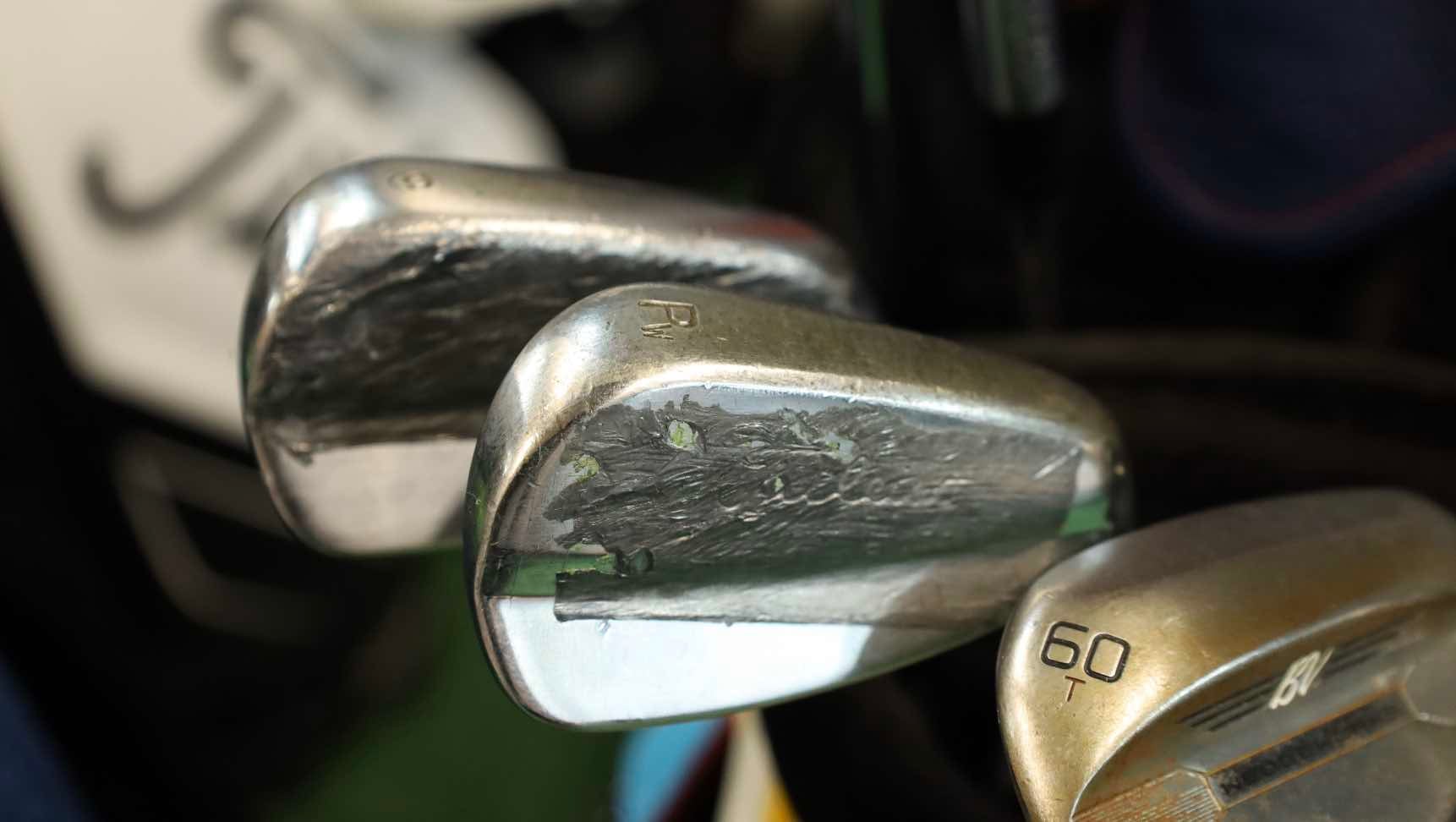Even as an avid club builder and fitter, when you spend enough time around some of the best players in the world, along with the many people responsible for building their clubs, you learn a thing or two about equipment and the way they think about gear. Each tournament stop provided the opportunity to ask questions and observe, and after a year on the road, here are the top pieces of gear advice I learned in 2023.
Tinker until it works
If the second half of the PGA Tour season taught us anything, it’s that long putters are once again here to stay. The trend came to a head this year in Las Vegas after the FedEx Cup, where we saw a bunch of players seeking out long putters to test, and a few more making their way into players’ bags.
It goes to show that whether players were struggling on the greens or just looking to better understand the putting method, there is nothing wrong with tinkering a little bit.
L.A.B. Golf MEZZ.1
View Product
Say yes to higher-lofted fairway woods
From Adam Scott to Tommy Fleetwood, higher-lofted fairway woods continue to grow in popularity on the PGA Tour with more and more players using 7 and even some 9-woods to navigate longer course setups.
We generally see a lot of higher-lofted fairway wood testing around the Masters and U.S. Open but they have become more commonplace thanks in large part to firmer greens making it more difficult to stop the ball with longer clubs.
So if you’re a golfer who has trouble with longer approach shots or needs some extra help from the rough, a 7 or 9-wood could be your ticket to lower scores.
There’s nothing wrong with bounce
A lot of recreational golfers assume that most professionals can hit such a wide variety of short-game shots thanks in part to their use of very low bounce wedges, when in fact it is the opposite.
Wedges that have more bounce, but also varied geometry (bounce angles around the sole) offer the best of both worlds since players can manipulate the blade without fear of having the club stick into the ground and causing a chunk. Extra bounce also helps from thick rough by preventing the club from getting stuck into the grass and causing shots to miss higher on the face, lose energy, and come up short.
So the next time you’re looking at new wedges, don’t just default to the lower bounce options and give something with a bit more bounce a try.
Know your numbers
We understand that not everyone has unlimited access to a launch monitor like the pros, but when you do have the chance to use one of these tools, make sure to take advantage of your time.
PGA Tour players work very hard to know exactly how far their clubs go, and when you combine knowing your distances with a better understanding of your variances, you can pick better targets to help hit more greens and also miss in the right places.
Bushnell Tour V6 Shift Laser Rangefinder
View Product
Want to overhaul your bag for 2024? Find a fitting location near you at True Spec Golf.
